The architect who originally designed Calvin’s current Knollcrest campus, William Fyfe, once stated that “one does not see a building, one experiences it.” For some students with disabilities, Calvin’s infrastructure is experienced as a barrier.
Accessibility at Calvin is a perennial issue. In 1990, President George H. W. Bush signed the Americans with Disabilities Act (ADA) into law. The Act required spaces open to the general public – such as businesses, schools and rental establishments – to meet certain accessibility requirements. As a religious institution, Calvin is exempt from meeting most ADA accessibility requirements. However, in 1993, the Synod of the Christian Reformed Church in North America (CRCNA) decided that every facility belonging to the denomination – including Calvin University – had to come into compliance with the ADA by 1997.
CURRENT DIFFICULTIES
As of 2024, Calvin still lacks the proper infrastructure to be completely accessible. After tearing several tendons, Charles Roberts, a freshman on Calvin’s track team, had to use crutches for a month. The experience strongly impacted how he views campus infrastructure. “Everything on campus is very spaced out, making it even harder for those with disabilities to get around. KHvR to Hiemenga took me about 25 minutes,” said Roberts, who noted that the trip between the two buildings usually takes him closer to seven minutes.
Besides the physical distances between buildings, Roberts noticed “that half of the accessible door buttons don’t work ninety percent of the time, many places there will be stairs but no elevators or ramps.” After living with crutches, Roberts was convinced that investing more money into creating a more accessible space for everyone was “100%” necessary.
Roberts is not alone in the struggle against an inaccessible campus. Rachel Birkmaier is a resident of Third Eldersveld, who recently started to see her mobility worsen. “Being on the third floor of Eldersveld, there’s no elevator, and for me, getting up and down stairs is very hard,” said Birkmaier.
Only two dorms on campus have an elevator: Bolt-Heyns-Timmer (BHT) and Kalsbeek-Huizenga-van Reken (KHvR). Autumn Prince, the Resident Assistant on third van Reken, explained that while van Reken has the best accessibility of all the dorms, its lack of proximity to the academic buildings can cause other accessibility problems.
“Even if I want a dorm with an elevator, I don’t think I can walk that far to class every day,” said Birkmaier.
The age of Calvin’s buildings is a factor in their lack of accessibility. Craig Hanson, professor of art history, noted that Calvin is built in the “organic” architecture style, which is famous for building into landscapes and utilizing intentional yet gradual grade changes. In the 1960s and 1970s, when Calvin was built, these “subtle grade changes were managed by three steps, and two steps, and six, so you find subtle adjustments in moving through space that require steps,” Hanson said. During the 20th century, as it emerged, organic architecture “was not prioritizing accessibility,” according to Hanson, which is exemplified by Calvin’s lack of accessible infrastructure.
A CALL FOR CHANGE
However, part of the problem, according to Kevin Timpe, is a lack of awareness. Timpe, chair of Calvin’s philosophy department and faculty representative of the Campus Accessibility Advisory Committee, states that “most of our students have heard of Black History Month, Women’s History Month, but very few of them have heard of Disability History Month.”
Timpe says that as Christians, the Calvin community has “a moral and theological obligation to work towards the end of oppression of everybody, including disabled people.” Christian universities such as Calvin must better embrace this commitment in order to show it appreciates all of its students.
“We often don’t need to exclude disabled people by the way that we socially interact, but we very often do, either because they’re not able to be present there, or they’re made to feel extremely grateful simply because they are there, or the way that they interact or their form of embodiment isn’t understood, and so they’re tolerated but not valued,” said Timpe.
Timpe described accessibility as “an environment constructed in a way to allow a person not just to be present, but to be fully involved and valued.”
CURRENT PROJECTS
Though accessibility on campus is lacking, there are some efforts to improve Calvin’s infrastructure. As the faculty representative on the Campus Accessibility Advisory Committee, Timpe gets to play a role in transforming Calvin’s campus infrastructure to be more accessible. According to Timpe, Calvin has an accessibility fund, “and the interest from that can be used to do various accessibility projects [around campus.]”
One of the most recent investments was to make the door leading to Peet’s on second Hekman an accessible entrance. Further changes to the infrastructure include the conversion of non-accessible bathrooms into accessible ones in various locations across campus.
Some classes have also helped improve students’ awareness of Calvin’s inaccessibility. Engineering 101 has a mandatory assignment in which students traverse Calvin’s campus taking only routes a person with a physical disability would be able to take and time how long it takes. “We were only allowed to use elevators and doors that had push buttons if they worked,” said Jack Gates, a freshman. “It took a significant amount of time that no one would want to spend getting from place to place.”
One of the biggest problems Gates encountered was the lack of working buttons for accessible doorways, and a frequent lack of signage for elevators and accessible exits. “You see stairs everywhere but you don’t necessarily see an elevator every place there is a stairwell,” said Gates, who added that he now views Calvin “very inaccessible.”
However, funding for the necessary improvements remains limited, even as the university invests in construction projects, extracurricular events and athletic programs. This has led to frustration for some students. Inspired by the remarks of disability advocate Judy Heumann, Birkmaier stated “if I have to celebrate that there’s an [accessible] bathroom, that’s not true inclusion.”



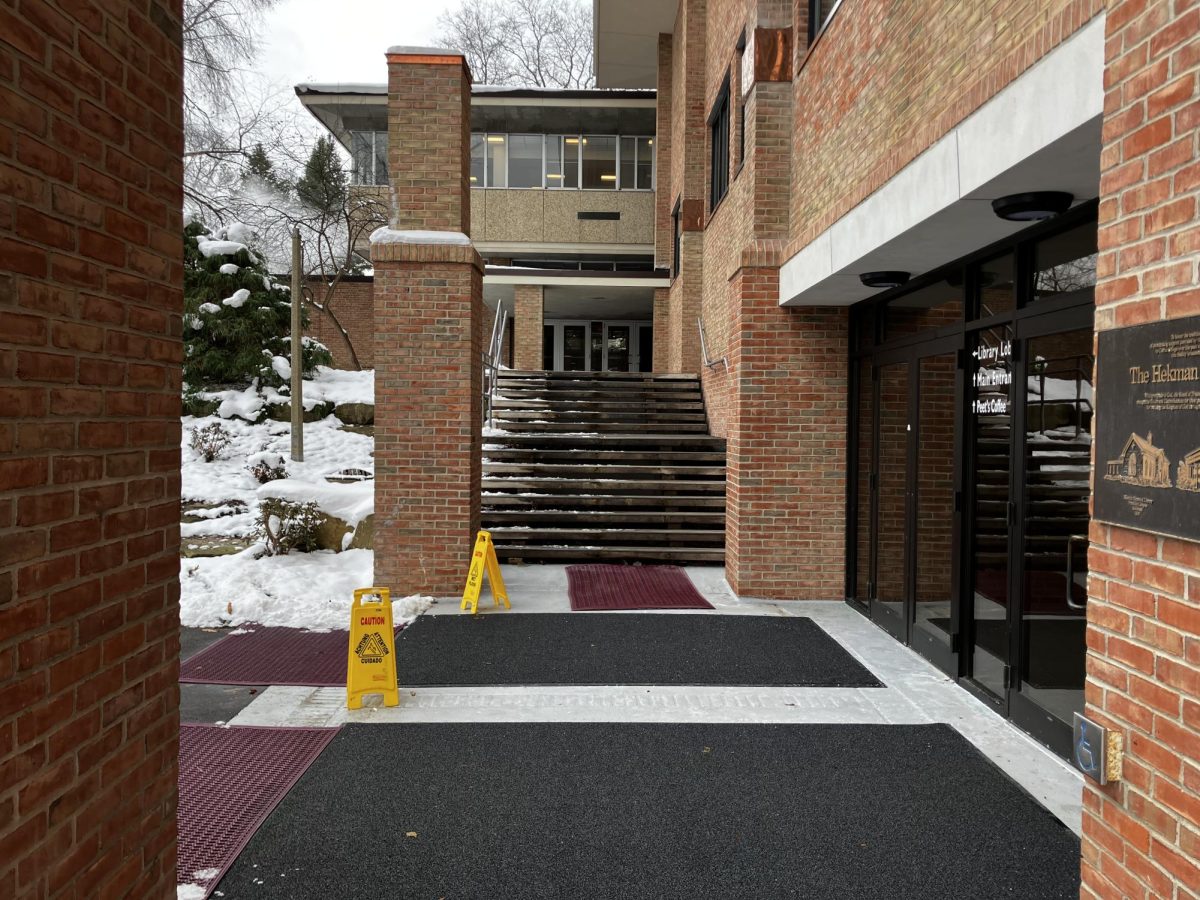
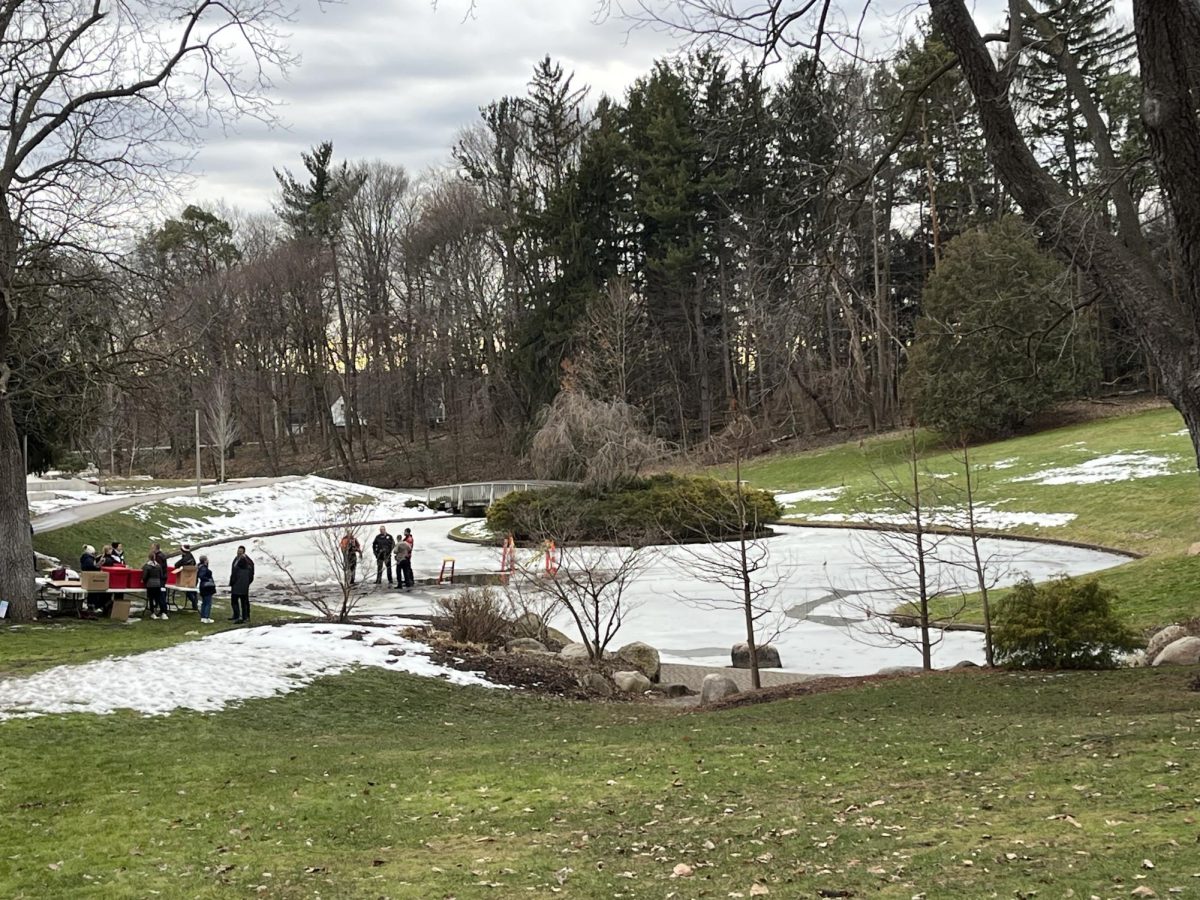
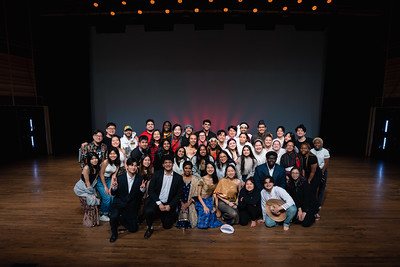
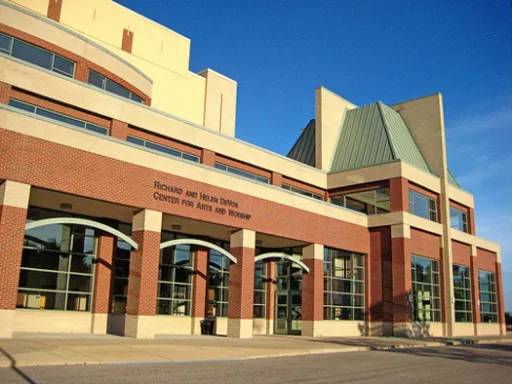

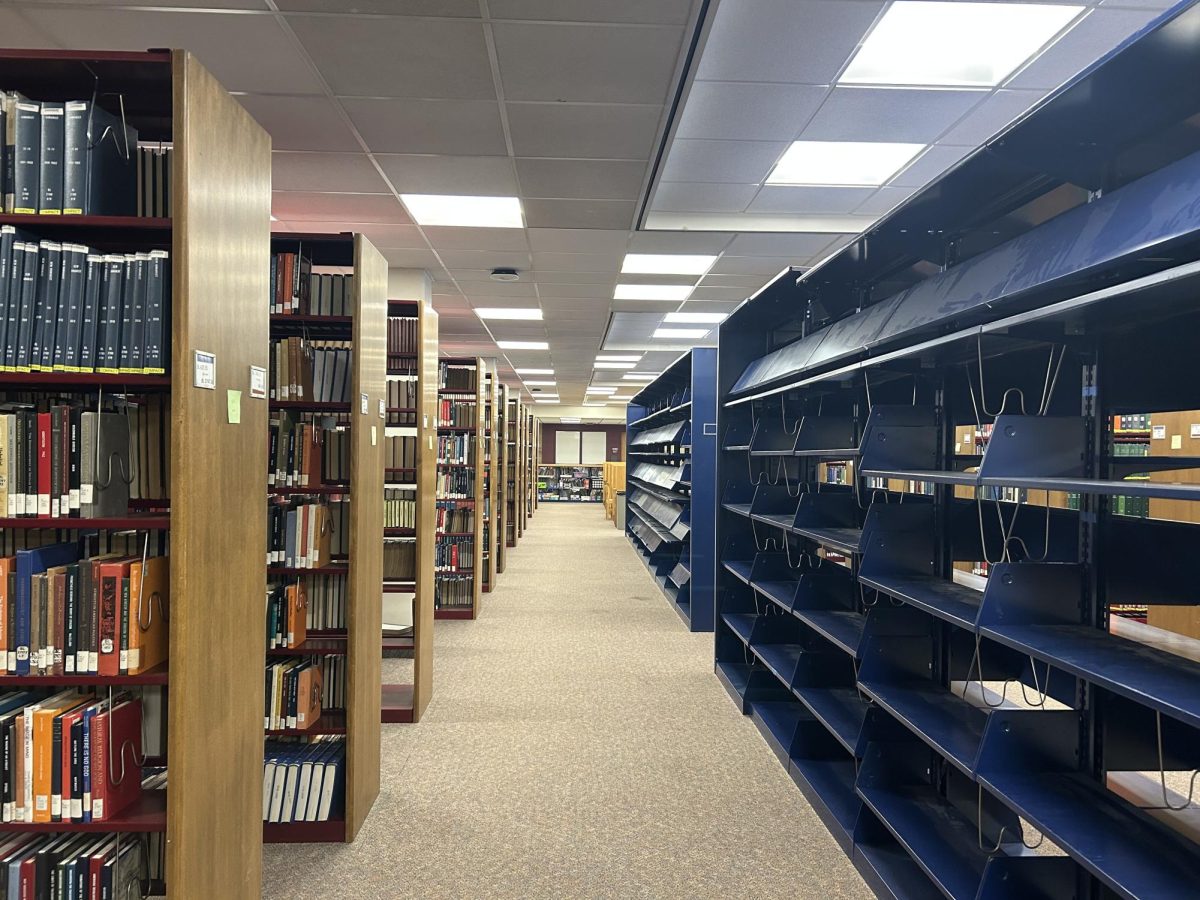
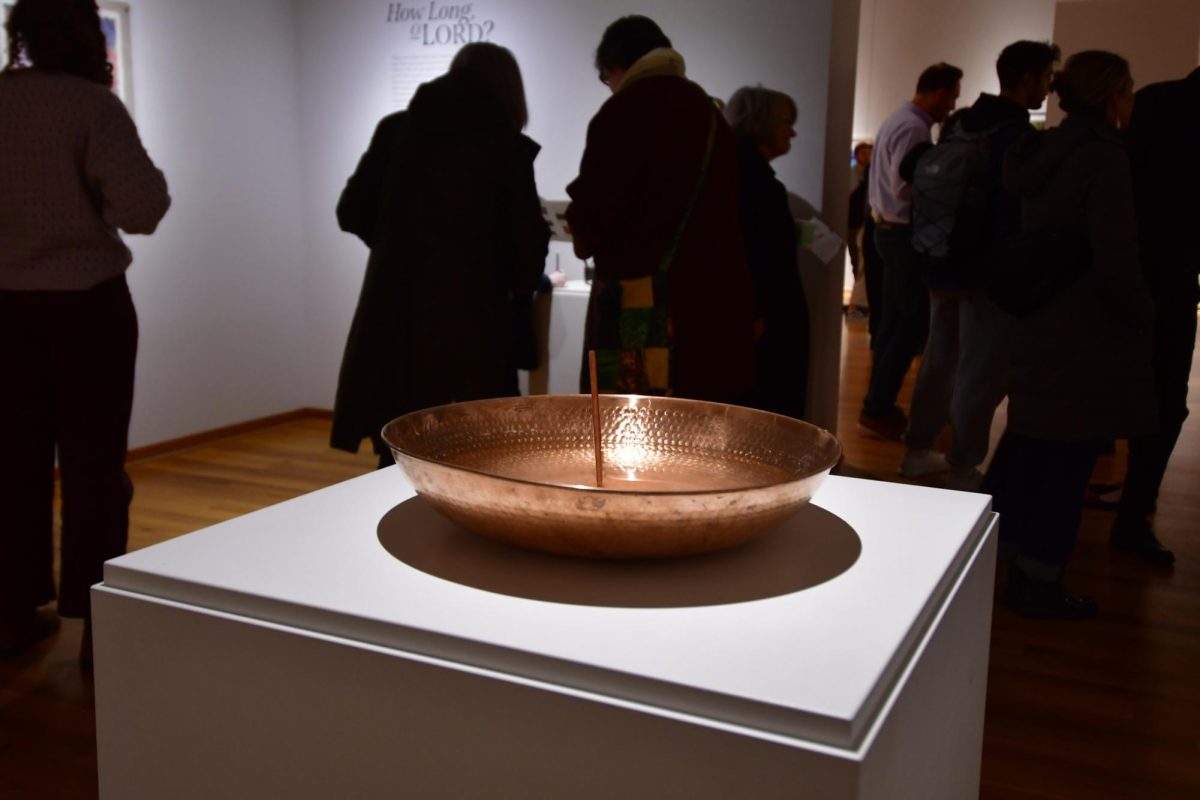
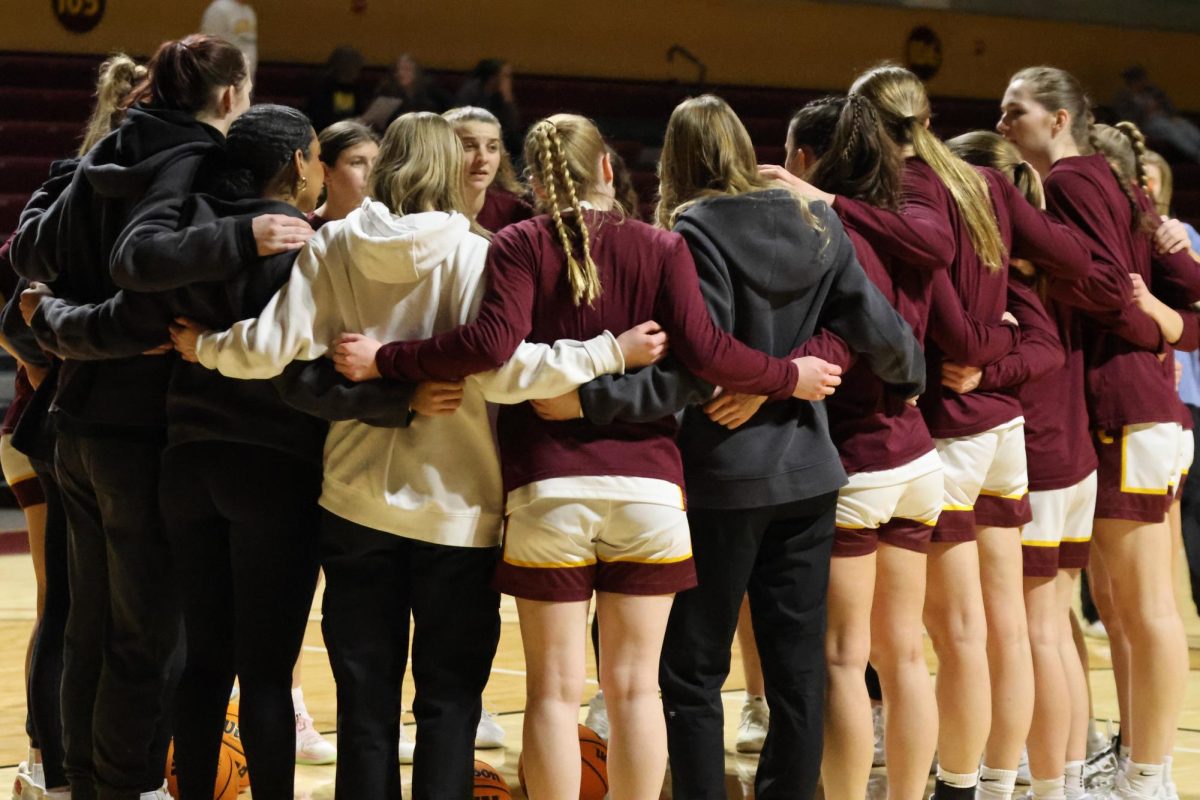
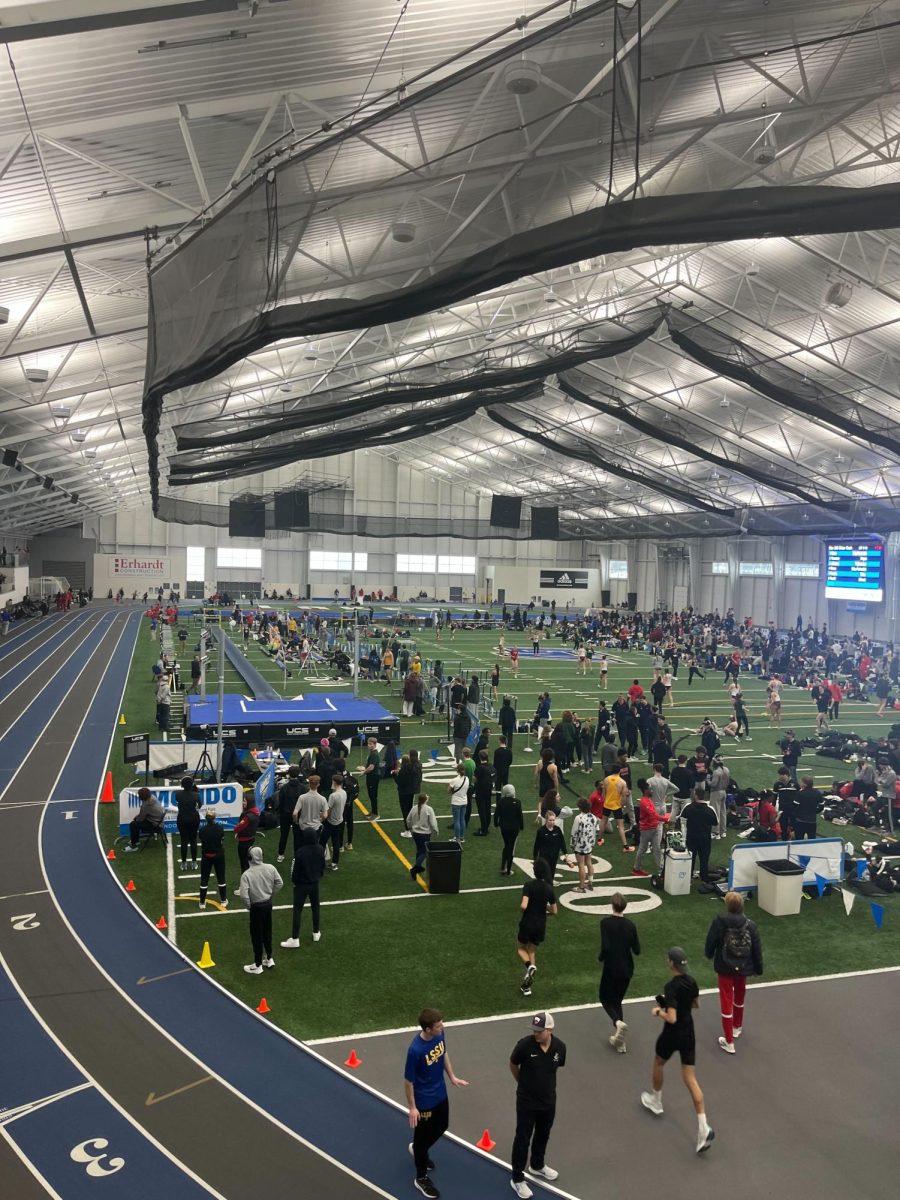
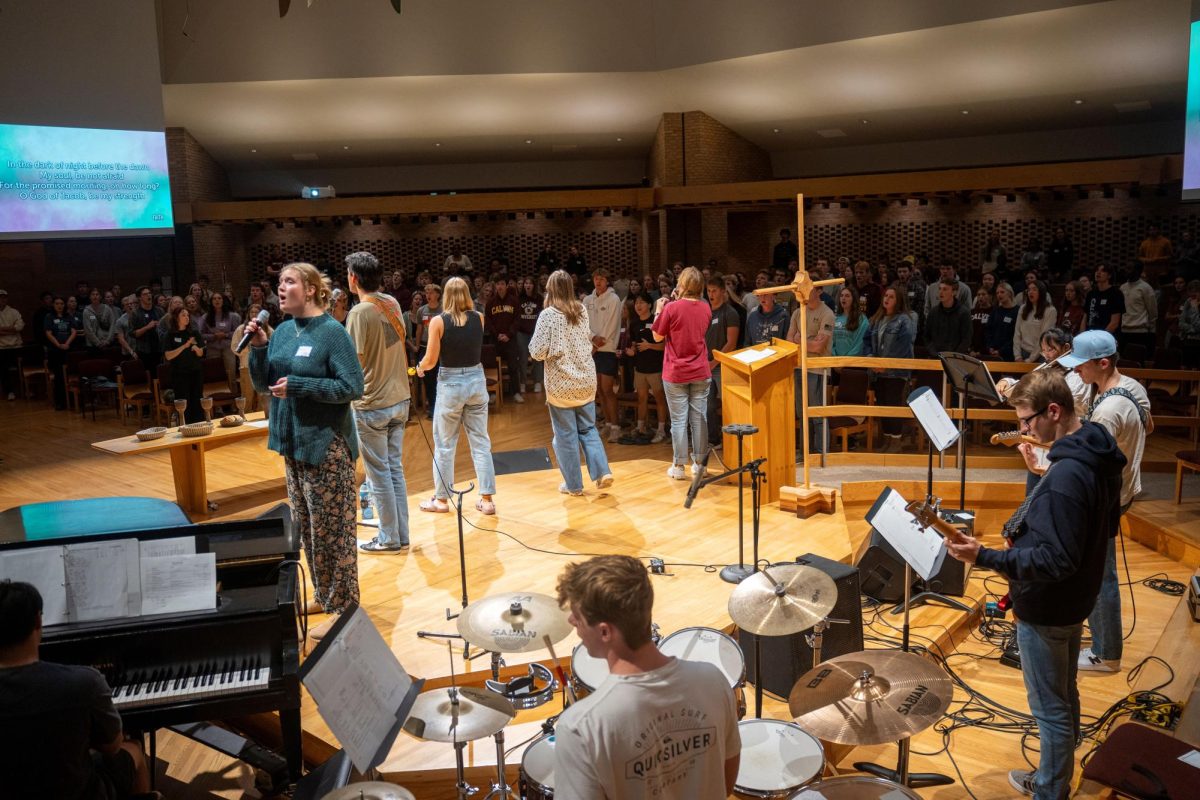
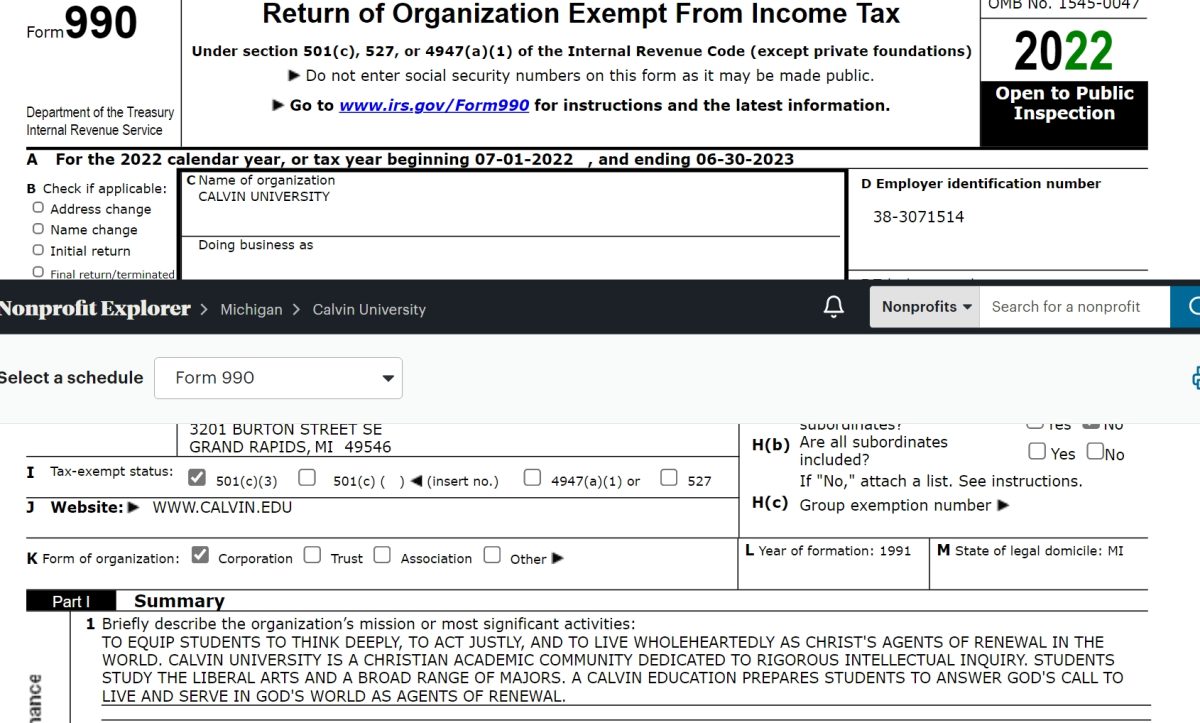

For a More Inclusive Community • Dec 10, 2024 at 8:46 pm
Thanks Chimes and Sarah on writing on this important topic! I became physically disabled last year and it’s really difficult to walk around the campus, especially during the Winter season. With a lot of snow and rain, Calvin’s crossing –the pedestrian walkway on East Beltline– is very slippery. At least there should be a section with a carpet for handicapped people to avoid falls. There’s no sanitizer. The crossing is not cleaned frequently. No sanitizer. Lack of lights is another issue near Knollcrest apartments. Finally, I wish Calvin joins the Hidden Disabilities Sunflower program to increase awareness about disability!
Matt Halteman • Dec 10, 2024 at 7:09 pm
This article is very well done! I love the way it leverages student experience and faculty expertise to challenge us all to live more deeply into our mission and all the urgently important work of renewal that remains to be done! Thank you, Chimes!
Eileen • Dec 9, 2024 at 10:57 pm
I worship at Woodlawn CRC. I find the doors are heavy and hard to manage with a walker. Often the accessibility buttons do not open the doors. Bathroom doors should have accessibility buttons. Snow removal near the elevator door is inadequate.